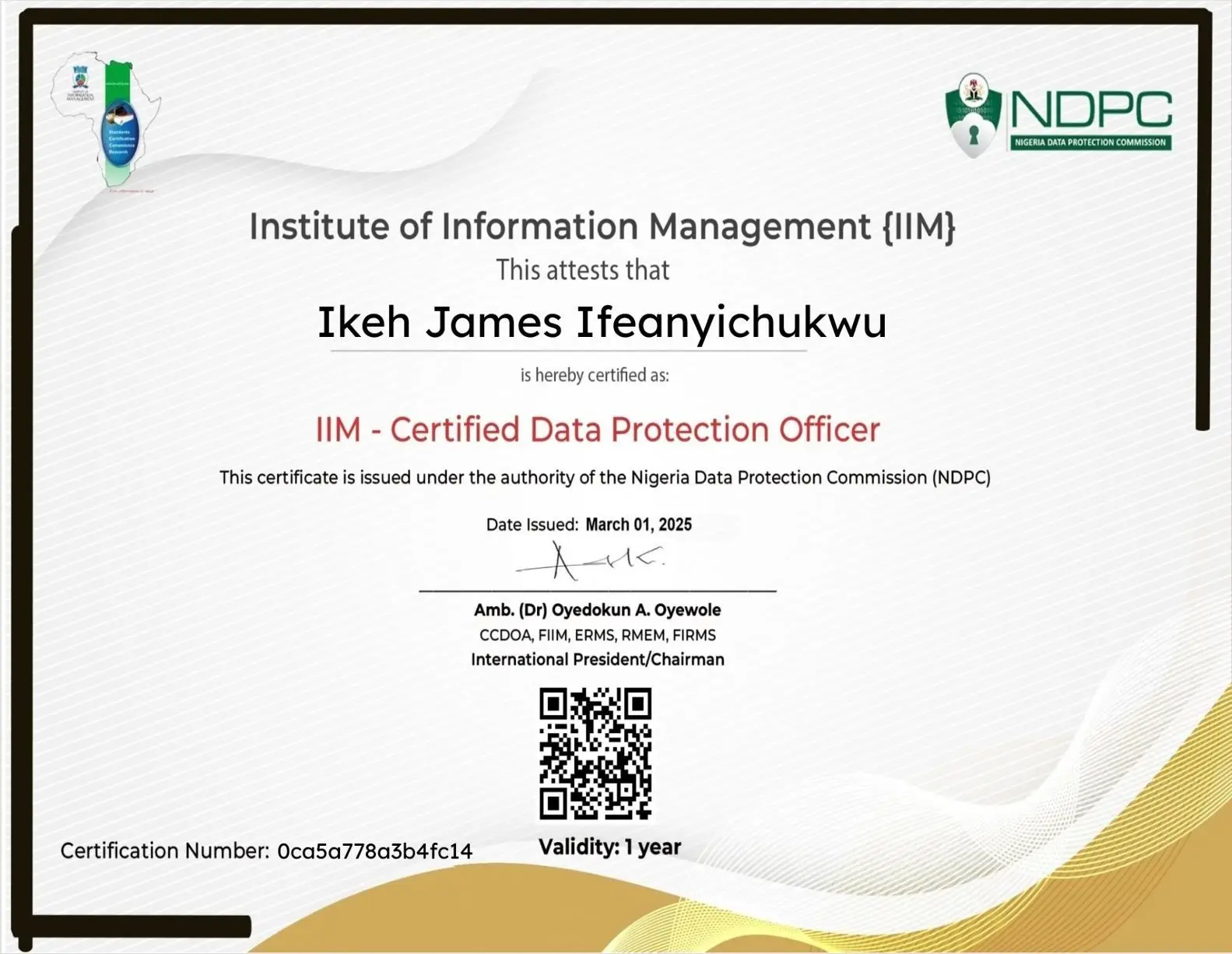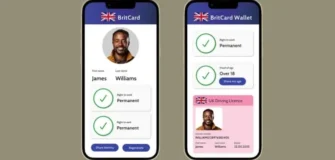Cross-Border M&A and Data Privacy Challenges: What Every Business Must Know
Share

Cross-border mergers and acquisitions (M&A) are booming, as companies pursue new markets, technologies, and customers. But in today’s data-driven economy, global M&A transactions come with hidden legal and compliance risks — particularly around data privacy and protection laws.
From the EU’s GDPR to Nigeria’s NDPA, California’s CPRA, and China’s PIPL, every jurisdiction has its own privacy regime. This makes cross-border data transfers, due diligence, and post-merger integration increasingly complex.
In this article, we’ll explore the key data privacy challenges in cross-border M&A, real-world examples, and best practices to help organizations avoid regulatory and reputational pitfalls.
Why Data Privacy Matters in Cross-Border M&A
In any merger or acquisition, personal data is a critical asset — from customer databases and employee records to product analytics and vendor details. However, the way this data is collected, stored, and shared across jurisdictions can create massive compliance liabilities.
For instance, if a U.S. company acquires a European firm, it inherits all GDPR obligations attached to the EU company’s data. Failing to comply can result in multi-million-euro fines and loss of consumer trust.
Example: When Marriott acquired Starwood in 2016, it unknowingly inherited a major data breach affecting 500 million guests. The fallout led to an £18.4 million GDPR fine by the UK ICO — a clear reminder that privacy risks extend beyond the transaction itself.
The Major Data Privacy Challenges in Cross-Border M&A
1. Data Due Diligence
Traditional M&A due diligence focuses on financial, legal, and tax issues. But today, data privacy due diligence is equally critical.
Common Issues:
- Incomplete data inventories.
- Inconsistent consent management.
- Unclear cross-border transfer mechanisms.
- Unreported past data breaches.
Best Practice:
Conduct a Data Protection Impact Assessment (DPIA) early in the M&A process. Assess compliance with major regulations like GDPR, NDPA, and CCPA/CPRA, depending on jurisdictions involved.
2. Conflicting Data Protection Laws
Merging two entities across borders often means dealing with incompatible privacy laws.
| Region | Primary Law | Key Data Transfer Limitation |
|---|---|---|
| European Union | GDPR | Transfers outside EEA require adequacy or SCCs |
| United States | CPRA (California), state laws | Sector-based approach, no federal privacy law |
| Nigeria | NDPA 2023 | Restricts transfer of data to non-whitelisted countries |
| China | PIPL | Requires security assessment for outbound transfers |
Challenge: Aligning these differences while ensuring lawful cross-border data flows.
Best Practice: Implement Standard Contractual Clauses (SCCs), Binding Corporate Rules (BCRs), or adequacy mechanisms to legitimize international transfers.
3. Data Sovereignty and Localization
Many countries now enforce data localization laws, requiring personal data to be stored within national borders. This complicates IT integration post-merger, especially for cloud-based systems.
Example: China’s PIPL and Cybersecurity Law impose strict localization requirements, making it difficult for foreign acquirers to consolidate data in global servers.
Best Practice: Use regional data centers and adopt a “federated” data architecture that respects local laws while allowing secure global analytics.
4. Legacy System Integration
After a merger, companies must combine disparate IT and data systems. Legacy databases often lack encryption, consent tracking, or audit trails, exposing the new entity to breaches or compliance failures.
Best Practice:
- Map and consolidate personal data inventories.
- Decommission outdated databases.
- Apply privacy-by-design principles during integration.
5. Employee and HR Data Transfers
Employee data is another sensitive area. Merging HR systems means transferring vast amounts of personal and sometimes biometric data across borders — often subject to strict labor and privacy regulations.
Best Practice:
- Update employee consent forms.
- Ensure HR vendors comply with data transfer rules.
- Review retention and deletion policies.
6. Regulatory Approvals and Notifications
In many jurisdictions, data protection authorities (DPAs) must be notified before certain processing activities, including mergers, can occur.
Example: The EU Data Protection Authorities may require pre-authorization for transferring personal data to non-EU entities. Similarly, under Nigeria’s NDPA, data controllers must conduct transfer impact assessments.
Best Practice: Work with local privacy counsel and submit regulatory notifications early in the M&A process.
Real-World Examples
| Company | Issue | Consequence |
|---|---|---|
| Marriott – Starwood (2016) | Inherited breach during acquisition | £18.4M GDPR fine |
| Yahoo – Verizon (2017) | Undisclosed data breaches pre-acquisition | $350M valuation reduction |
| TikTok – U.S. scrutiny (ongoing) | Data sovereignty concerns | Forced restructuring & regulatory pressure |
These cases illustrate how data privacy missteps can derail billion-dollar deals.
How to Manage Data Privacy in Cross-Border M&A
| Stage | Key Action | Description |
|---|---|---|
| Pre-Merger | Privacy Due Diligence | Audit both parties’ data practices, consent mechanisms, and breach history. |
| Negotiation | Contractual Safeguards | Include warranties, indemnities, and representations on data protection. |
| Integration | Data Mapping & Minimization | Identify overlapping databases and eliminate unnecessary data. |
| Post-Merger | Compliance Monitoring | Implement unified policies, continuous audits, and staff training. |
FAQs
1. What is data due diligence in M&A?
It involves assessing how target companies collect, store, and protect personal data, identifying compliance gaps and potential liabilities.
2. Which data protection laws are most relevant for cross-border M&A?
GDPR (EU), NDPA (Nigeria), CPRA (California), and PIPL (China) are key frameworks shaping cross-border privacy compliance.
3. What happens if privacy risks are discovered after a merger?
The acquiring company inherits liability for prior breaches and can face fines, lawsuits, or reputational harm.
4. How can businesses lawfully transfer data across borders?
Through mechanisms like SCCs, BCRs, or adequacy decisions, depending on regulatory approval.
5. Who should handle privacy compliance during M&A?
A cross-functional team including privacy officers, legal counsel, IT, and compliance managers.
Conclusion
Cross-border M&A offers enormous opportunities, but it also introduces complex data privacy risks that can make or break a deal. With varying global regulations, data localization laws, and evolving cyber threats, organizations must prioritize privacy due diligence as early as financial and legal reviews.
For SMEs and large corporations alike, the winning strategy is integration with compliance — embedding privacy-by-design into every stage of the M&A lifecycle. In 2025 and beyond, successful cross-border mergers will be those that treat data privacy not as an obstacle, but as a competitive advantage.



































Leave a Reply